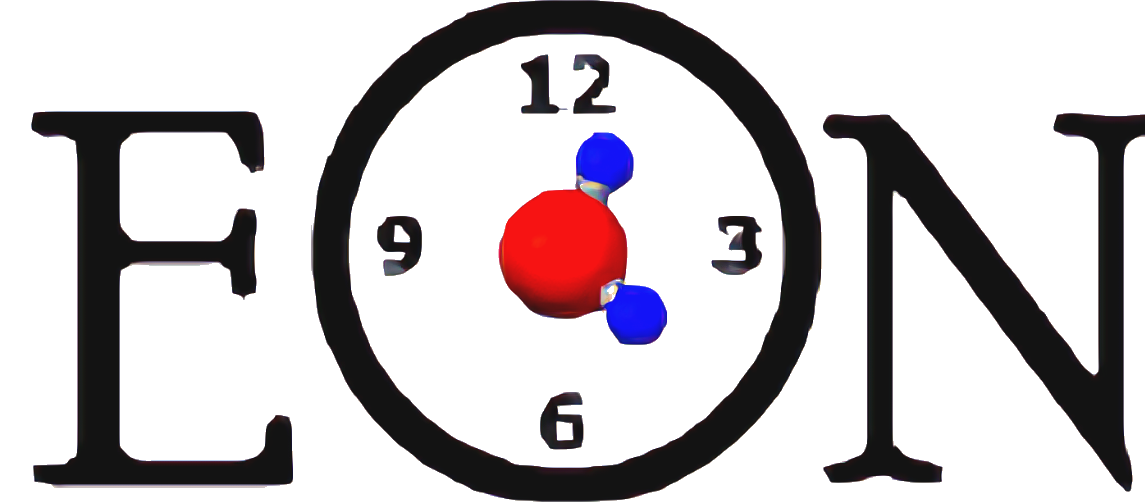Structure Comparison#
Configuration#
[Structure Comparison]
Changed in version 2.1_TBA: In TOML, this will be [Structure_Comparison]
- pydantic model eon.schema.StructureComparisonConfig[source]#
Show JSON schema
{ "title": "StructureComparisonConfig", "type": "object", "properties": { "energy_difference": { "default": 0.01, "description": "How different in energy two configurations must be to be considered different structures.", "title": "Energy Difference", "type": "number" }, "distance_difference": { "default": 0.1, "description": "The maximum distance two mapped atoms may be for two configurations to be considered equivalent.", "title": "Distance Difference", "type": "number" }, "indistinguishable_atoms": { "default": true, "description": "Use an algorithm to compare structures that does not distinguish between atoms of the same element. The numbering of the atoms does not affect the structural comparison.", "title": "Indistinguishable Atoms", "type": "boolean" }, "check_rotation": { "default": false, "description": "Finds optimal overlap of structures via rotation before comparing them. Use this option in systems where structures can become rotated, such as nanoparticles.", "title": "Check Rotation", "type": "boolean" }, "brute_neighbors": { "default": false, "description": "Determine neighbors by brute force (use this with nonorthogonal boxes).", "title": "Brute Neighbors", "type": "boolean" }, "neighbor_cutoff": { "default": 3.3, "description": "Atoms within this distance of each other are considered neighbors.", "title": "Neighbor Cutoff", "type": "number" }, "use_covalent": { "default": false, "description": "Use the covalent radii of atoms to determine neighbors.", "title": "Use Covalent", "type": "boolean" }, "covalent_scale": { "default": 1.3, "description": "Scale factor for covalent radii when determining neighbors.", "title": "Covalent Scale", "type": "number" }, "remove_translation": { "default": true, "description": "Remove translational components when comparing structures.", "title": "Remove Translation", "type": "boolean" } } }
- Config:
use_attribute_docstrings: bool = True
- Fields:
- field brute_neighbors: bool = False#
Determine neighbors by brute force (use this with nonorthogonal boxes).
- field check_rotation: bool = False#
Finds optimal overlap of structures via rotation before comparing them. Use this option in systems where structures can become rotated, such as nanoparticles.
- field distance_difference: float = 0.1#
The maximum distance two mapped atoms may be for two configurations to be considered equivalent.
- field energy_difference: float = 0.01#
How different in energy two configurations must be to be considered different structures.
- field indistinguishable_atoms: bool = True#
Use an algorithm to compare structures that does not distinguish between atoms of the same element. The numbering of the atoms does not affect the structural comparison.
